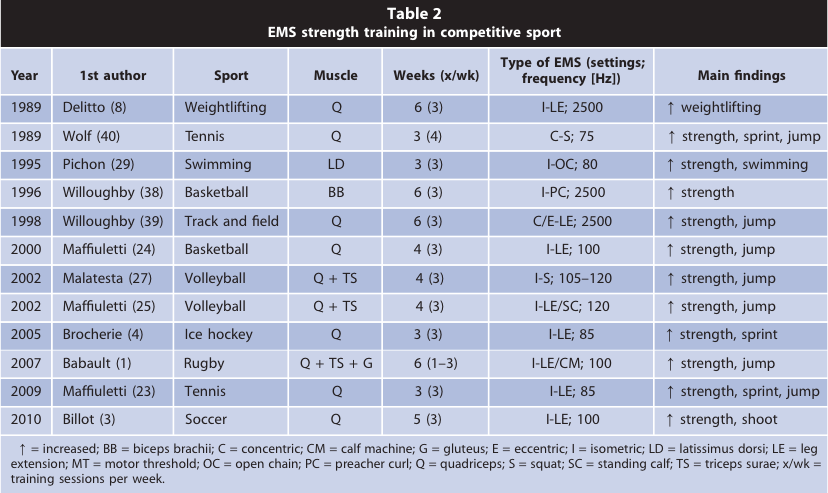Patent title: Wheeled Exercise Device
Patent number: US 20120157274 A1
Patent filing date: December 16, 2011
Patent issue date: April 21, 2015
How long it took for this patent to issue: 3 years, 4 months
Inventors: Ian MacColl, Tylor Garland, Jayson Pegler, George Clark, Alden Mills
Assignee: Implus Footcare, LLC (Durham, NC)
US Classification: 482/132
How Many Claims: 10
We’ve all seen them, at least briefly before flipping channels – the exercise equipment infomercials with chiseled models using the latest and greatest workout invention to “tone”, “flatten”, “sculpt”, and “shred” their bodies into perfection. Some are commercial successes that facilitate good workouts, like the Iron Gym … and some are the Shake Weight. Ab rollers, such as the Perfect Fitness Ab Carver Pro (hereafter referred to as the ACP), tend to fall in the former category.
An ab wheel is an exercise device that, in its most basic form, consists of a wheel with handles on either side. One uses it to strengthen their core (rectus abdominis, internal and external obliques, transverse abdominis, and to a lesser extent, the muscles of the lower back) by kneeling with hands grasping the handles and rolling the wheel forward, maintaining a straight spine as the shoulders move into flexion, and then rolling the wheel back towards the body, bringing the shoulders back in extension. It is a demanding and effective movement for building abdominal strength because of its nature as an anti-extension stability exercise, which strengthens the spine’s ability to resist hyperextension. The basic ab wheel is both effective and ubiquitous, and several variations had already been brought to market; yet, the inventors of the Ab Carver Pro sought to design a unique and superior product.

Figure 1. A general view of the Ab Carver Pro
As it is an improvement upon existing products, the ACP’s claims cannot be separated from comparisons to its predecessors in the art. The most prominent is the Ab Slide, which, encased by plastic housing, has a series of wheels and internal coils that provide a resistive force moving forward and a restoring, or assistive, force moving backward. The problem suggested, though, is that with this and other similar products, either the user is required to hold the handles firmly against the restored turning force, or the restoring force is transmitted through gears that reduce its effectiveness. The ACP claims a mechanism that provides this resistive and restorative force in an optimized way with the internal spring (carbon steel!) attached between an inner surface of the wheel and and the central axle within the interior cavity (Figure 2). There exist interior ribs to prevent coil misalignment.

Figure 2. The internal coil mechanism that provides resistive and restorative forces during exercise
The ACP also claims its “tire overmold” and wide surface, giving it more stability and safety than previous products. The edges of the “tire” are also angled to allow for stable “carving”, or rolling out to either side to engage different muscles to greater intensity (the obliques, as well as the glutes and deltoids, of the side being rolled towards). Rather than the perpendicular, uncontoured handles of its predessecors, the ACP claims its ergonomically designed handles, sloped downward “like a pilot’s steering mechanism” and ending in a slip-preventing ridge. Inventor Alden Mills explains in a video on the product’s website that they did a university study to prove the handle design’s engagement of the triceps muscles, and it showed engagement on the level of a triceps extension, making this not only a core workout but an arm one too. The handle is also designed to reduce stress on the wrists and shoulders. The patent filed encompasses other versions of the product with bells whistles which are not part of the commercially available product, including one or multiple clutches to engage and disengage different levels of resistance, an electronics module with microchip/microprocessor and LCD display to convey workout data such as distance and repetitions, and a knee pad accessory.
I thought to research this patent because one day I came home from college and the Ab Carver Pro lay on my living room floor (my dad received it free through some rewards-program catalogue). I did not know about the resistive/restorative coil before I used it for the first time, and I found the feature quite effective. Effective enough, in fact, as to render the device a less effective option for those with moderately to well-developed abdominal strength than a basic ab wheel. Thinking in retrospect, I also did not notice a marked increase in triceps activation and would like to see the claimed “university study” proving this myself. Furthermore, the handle design did not make my wrists and shoulders sing in relief – it simply looked nice and apparently offers a marketing angle. However, it would be worthwhile to gather other people’s opinions on the product, and in its elementary function as an ab wheel, it is a successful product, one that can effectively be used to “tone” and “sculpt” the abdominal muscles as advertised.













